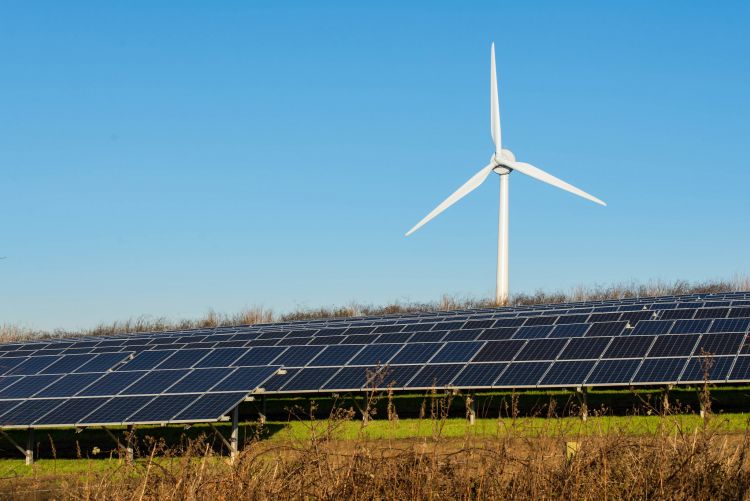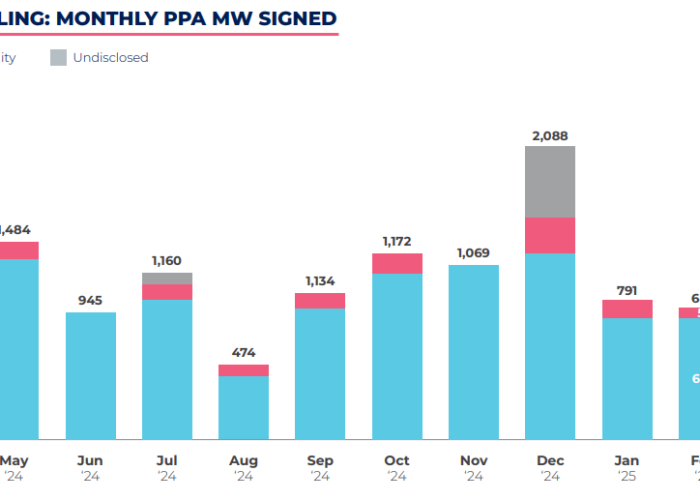
American Electric Power is seeking proposals for off-take new solar plants located in the PJM powerpool area, a regional transmission organisation for US 13 states and the District of Columbia.
The US utility’s AEP Energy Partners (AEPEP) subsidiary is seeking renewable energy purchase agreements of ten, 12 or 15 years for facilities commencing operations between 2020 and 2023. However, proposals with alternative terms will be accepted.
Unlock unlimited access for 12 whole months of distinctive global analysis
Photovoltaics International is now included.
- Regular insight and analysis of the industry’s biggest developments
- In-depth interviews with the industry’s leading figures
- Unlimited digital access to the PV Tech Power journal catalogue
- Unlimited digital access to the Photovoltaics International journal catalogue
- Access to more than 1,000 technical papers
- Discounts on Solar Media’s portfolio of events, in-person and virtual
Or continue reading this article for free
Interested parties should submit their intent to bid by 13 August and send proposal packages by 28 August.
PJM Interconnection coordinates the movement of wholesale electricity in all or parts of Delaware, Illinois, Indiana, Kentucky, Maryland, Michigan, New Jersey, North Carolina, Ohio, Pennsylvania, Tennessee, Virginia, West Virginia and the District of Columbia.
AEPEP will use the contracted offtake to support the company's growing retail and wholesale loads in PJM, including a long-term retail supply agreement with Google and the Columbus Regional Airport Authority.
American Electric Power’s resource plans include adding more than 8,600MW of new solar and wind generation to serve its regulated utility customers by 2030. Between 2019 and 2023, the company plans to invest approximately US$2.2 billion in contracted renewables and renewables integrated with energy storage.
Last year, the utility revised its 2030 reduction in carbon dioxide emissions target to 70% from 2000 levels, up from the previous ambition of 60%. The company said it is “confident” it will cut carbon dioxide emissions by more than 80% from 2000 levels by 2050.







